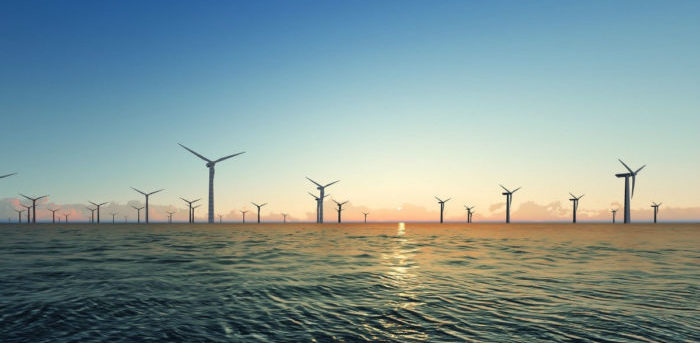New research from Wood Mackenzie shows that Asia-Pacific’s offshore wind capacity will increase 20 times to 43 GW in 2027. China is still in number one, which is expected to see offshore wind capacity rise from 2 GW last year to 31 GW in the next decade.
Taiwan will account for 20% or 8.7 GW of offshore wind capacity by 2027, making it the largest offshore wind market in Asia-Pacific excluding China (APeC) by 2020.
[smlsubform prepend=”GET THE SAFETY4SEA IN YOUR INBOX!” showname=false emailtxt=”” emailholder=”Enter your email address” showsubmit=true submittxt=”Submit” jsthanks=false thankyou=”Thank you for subscribing to our mailing list”]
Now, Taiwan depends on coal, gas and nuclear for power, but it wants to shut down nuclear plants by 2025, leaving a gap of 5 GW of power capacity to be filled. Offshore wind is poised to fill this gap as more than 5.7 GW of projects have been approved and planned for commissioning by 2025.
In addition, due to declining prices, a few markets in Asia-Pacific have ambitious offshore wind targets. Nevertheless, not every market is set for success, because a stable domestic offshore supply chain and strong government support are needed to sustain growth in the long term.
In fact, East Asia needs around US$37 billion in investments to meet the growth in offshore wind capacity over the next five years, Wood Mackenzie mentioned. On the positive side, prices are reducing, thus being able to attract investments in offshore wind.
Nonetheless, key challenges regarding technology maturity and limited regional offshore wind supply chain remain. Namely, advanced offshore technology used in regional leader China still lags behind that of European offshore.
What is more, except China, local turbine suppliers in Korea and Japan are investing in new and larger offshore machines comparable to western turbines. This however will take time as it requires more research and development, testing new demonstration units, and setting out developer buy-in.
Moreover, in order to support the growth in offshore wind capacity, a strong supply chain needs to be developed, Wood Mackenzie noted. Establishing a local vessel fleet to install and service offshore wind farms, as well as upgrades to transmission systems need time to be built up.
Commenting on this, Wood Mackenzie senior analyst Robert Liew, said:
Fortunately, the experience in Europe is that when such support systems are in place, growth will be exponential given the increasing competitiveness of offshore wind prices, and developers eager to take advantage of economies of scale, local suppliers and opportunities in new markets.






























































